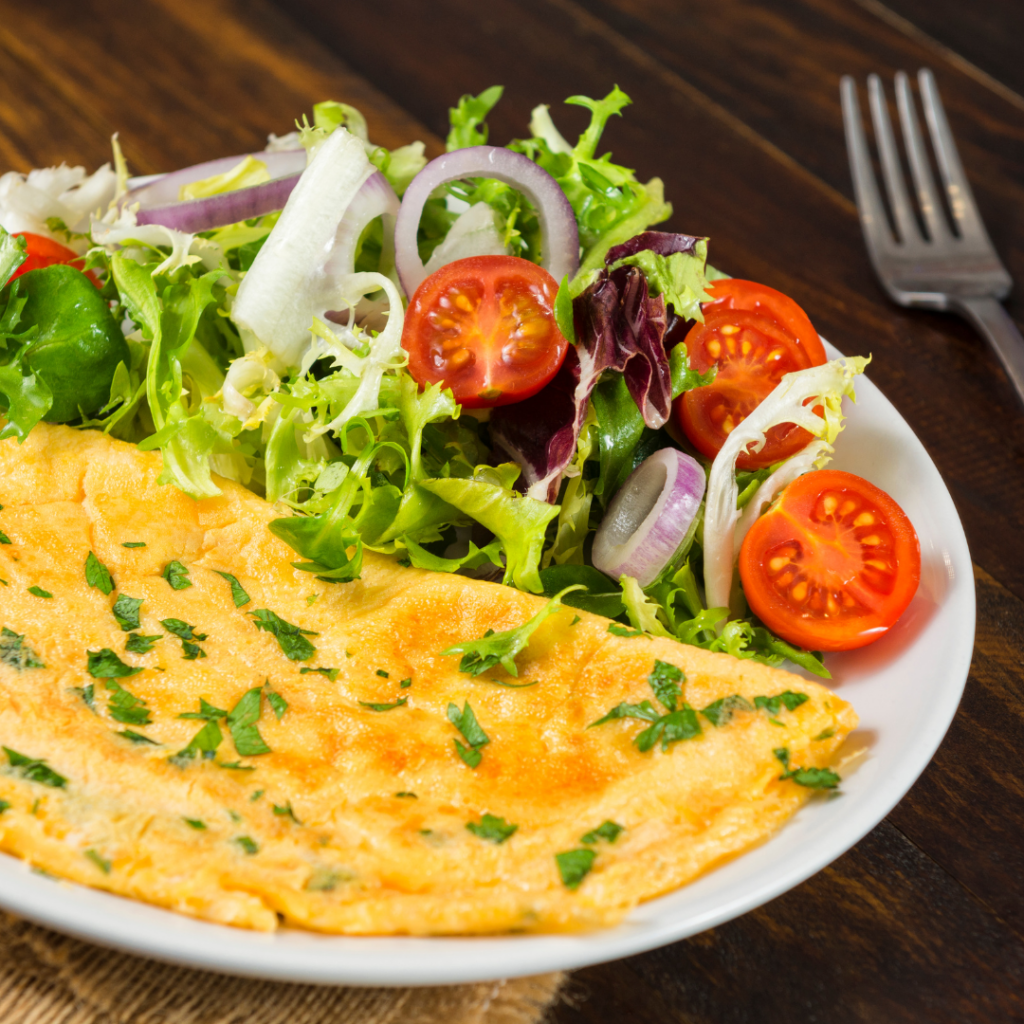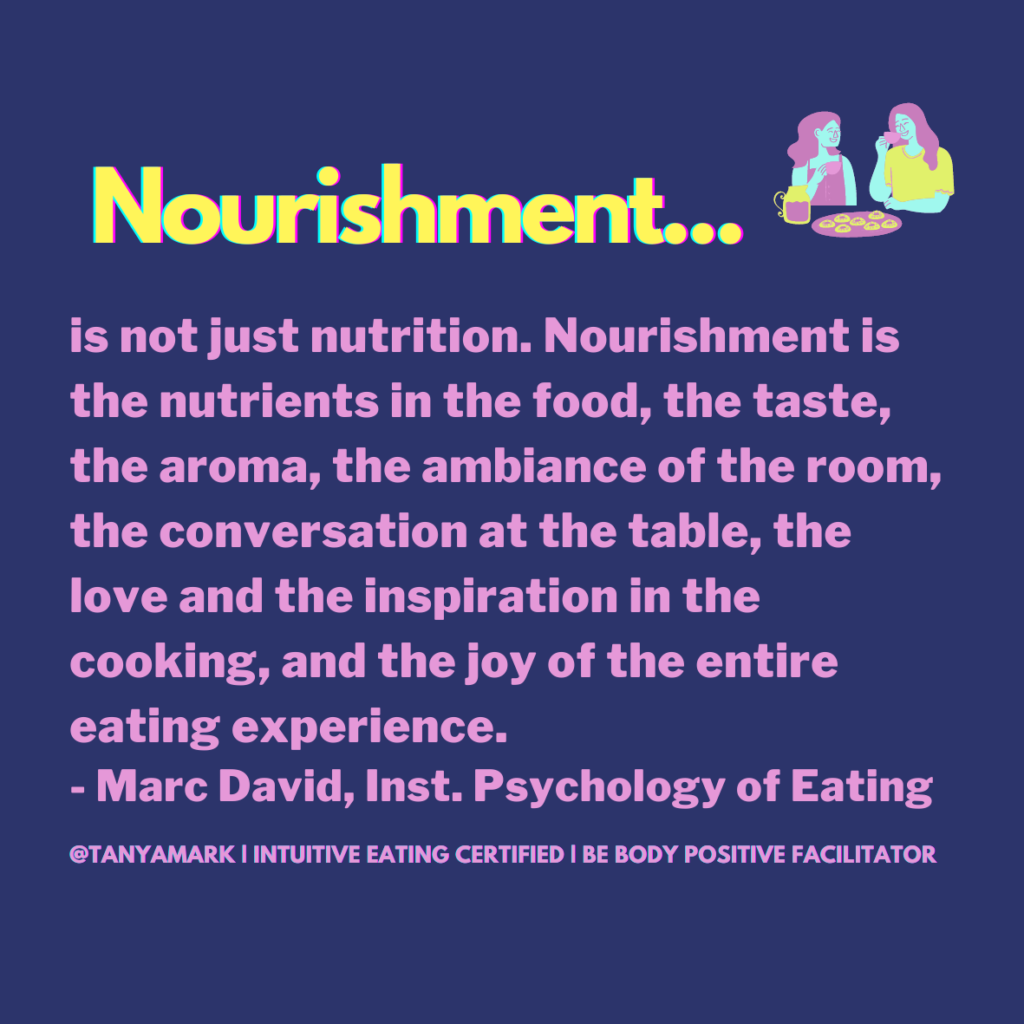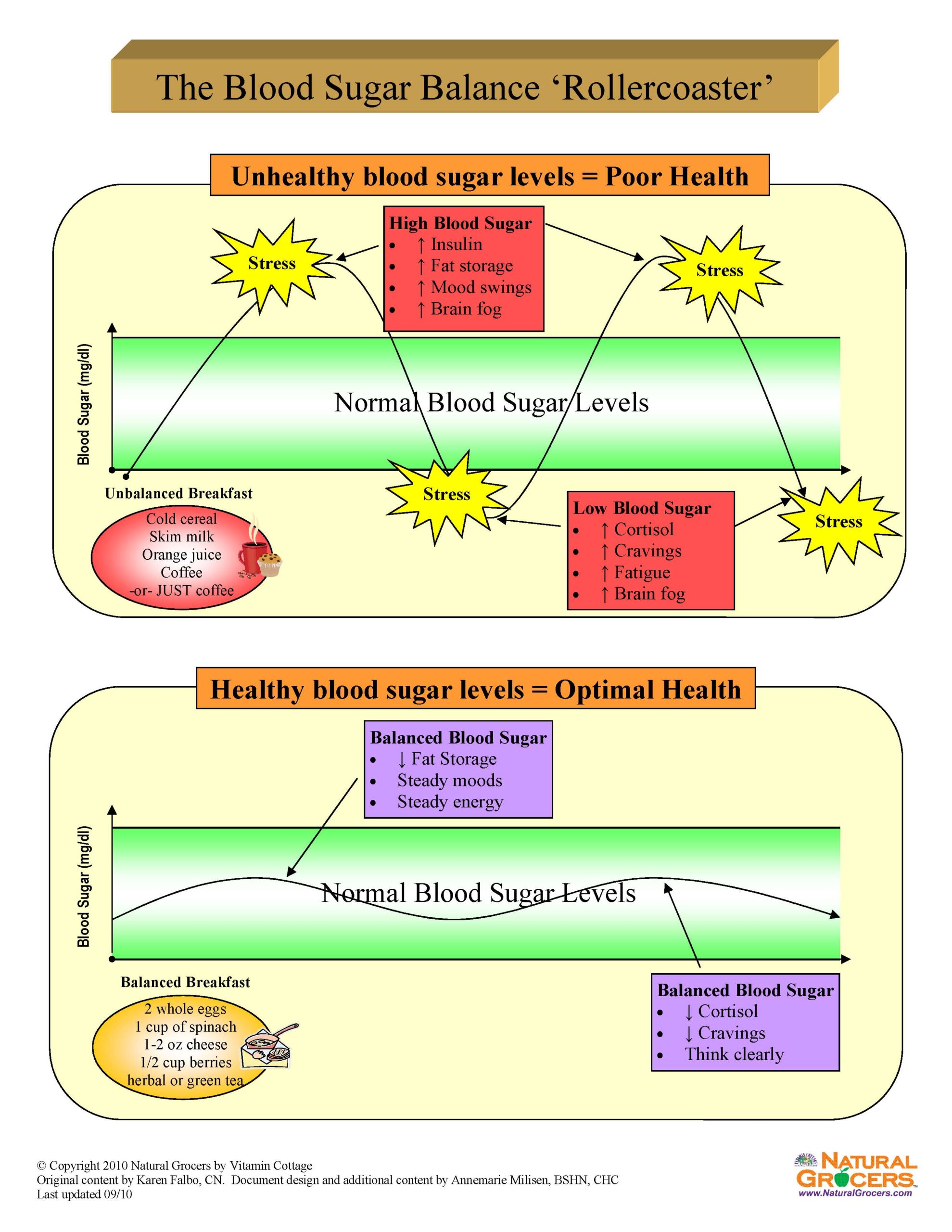There are two truths about protein. One is the typical “masculine” approach to protein and the other is the “feminine” approach – one that you may have never heard of.
I hope you read through the end of this email because the “feminine” approach could be the secret ingredient you’ve been missing.
Numbers Nutrition – The Masculine Approach to Protein
Let’s first dive into the pure numbers side of protein. Here I put on my nutritional therapist practitioner “hat.” I look at the numbers, the grams of protein intake. Looking at numbers is a masculine nutritional strategy and it should be legitimately considered.
The timing of your protein throughout your day is more important than the overall quantity of protein.
You see, our bodies can’t store excess protein. If we eat too much during one sitting, any extra will just get excreted. So, what we need to concentrate on is how well we’re spreading out our protein throughout the day.
According to sports nutrition researcher, Dr. Christopher Mohr, our bodies need 0.25 grams of protein per kg of body weight every meal.
Protein math
Take your body weight, divide it by 2.2 and then multiple by .25.
So if you weigh 125 lbs., you can assimilate approx. 14g of protein per meal or snack. You’d want to eat around 14 grams at breakfast, lunch and dinner and snack. The problem is that the typical diet usually lacks sufficient protein during breakfast (and sometimes lunch), and then grossly overdoes it at dinner.
Generally, 1 ounce of cooked meat gives you about 7 grams of protein. So if you eat a half-pound burger (8 ounces) for dinner, you’re consuming 56 grams of protein in one sitting!
Protein tips
- Spread it out! If your typical protein intake at dinner is too high, cut your protein in half and eat it for breakfast or lunch the next day.
- Replace the excess protein portion with more vegetables for extra fiber to help you feel full and satiated.
- Not sure how much protein is in your portion size? Google it!
Your calorie burning potential is highest when the sun is highest in the sky. So lunchtime is a great time to have a hearty meal. During the evening, our metabolism starts to slow down. So, if you’re eating a huge burger for dinner and it’s more protein than your body can assimilate, some of it is going to remain sitting undigested while you sleep.
The Truth About Protein Takeaways – Masculine Approach
- Start to notice if you’re generally overdoing protein at night and under-doing it in the daytime. If you eat a breakfast high in carbohydrates and sugars, it’s time to increase your protein at breakfast time and decrease it in the evening. Note that I used the word “generally”. No need to be hyper-focused on your “number.”
- If you need to add more protein to your breakfast, try adding an extra egg or leftover protein from dinner. And don’t forget plant-based protein sources. You can add beans to your eggs or raw nuts and seeds such as chia, hemp, and flaxseeds to your oatmeal.
- Add a protein source to each meal and snack throughout your day to build balanced meals.

Mind Body Nutrition – The Feminine Approach to Protein
Why the number of protein grams might not matter.
Most of us think we need pure nutritional facts to solve our food and body challenges. We are taught that if we eat quality “real” food in the right amounts we should be able to achieve a certain body size, shape or level of health. Right? Well, it’s not that simple. And that’s what I’ve learned as a Mind Body Nutrition + Dynamic Eating Psychology expert.
Yes it’s valuable to learn the nutritional facts and be aware of how many protein grams we are consuming, a masculine strategy, but the approach the nutritional world is missing is the balance with “feminine” nutritional strategies. Nutritional advice has become too one-sided.

The “Feminine” Approach to Protein and Nutrition
- Considers the connection between our minds, our bodies and our spirits.
- It looks at what’s driving our behaviors with food and body. This is a really big question that begs us to look deeper and consider our challenges with food and body as symptoms, not the root cause.
- It has us take a softer more relaxed approach to food and our bodies.
- It asks us to broaden our definition of good health beyond a number on the scale or a certain size or shape.
- It asks us to question what the media and culture tells us is an ideal body image and instead take a realistic look at humanity and diversity.
- It looks at how digestion, assimilation, calorie burning and all the nutritive functions of the body are literally and scientifically impacted by stress, relaxation, thoughts, beliefs, emotions, pleasure, eating rhythm, eating speed, awareness, our personal story, feelings of self-worth, our level of satisfaction with key relationships, careers, and more…
The Essence of Mind Body Nutrition
So what we eat is half the story of good nutrition. The other half of the story is who we are as eaters. Who we are bringing to the plate literally and scientifically influences how we digest and absorb a meal (and life).
The Truth About Protein Takeaways – The Feminine Approach
If you want to improve your health and wellness, consider the nutritional facts but also consider that you are human.
Human behaviors are influenced by a multitude of factors that aren’t usually considered. It’s time to evolve and grow the field of nutrition and tap into how we are nourishing our whole selves. It’s time to stop buying into the billion dollar weight loss industry. It’s time to stop buying into the messages from media and culture that we’re not enough and must change if we don’t fit perfectionist body ideals.
So consider both approaches to nutrition:
Masculine Approaches:
The following words describe masculine approaches to nutrition: left brain, logical, linear, one-pointed, goal-oriented, intellect, mind, hard, heroic, purpose, clarity, systems, hierarchy, protection, boundaries, order, commitment, will, strength, information, science, numbers, calculating, measurement, problem-solving, directional, singular, war, combat, fight, muscle, survival, king, prince, father, brother, warrior
Feminine Approaches:
The following words describe feminine approaches to nutrition: right brain, creative, nourishing, embodied, artistic, circular, emotional, musical, flowing, watery, colorful, connecting, associative, soft, loving, caring, food, body, earth, procreative, communicating, inclusive, intuitive, open, receptive, spacious, non-linear, dance, birth, mother, queen, princess, sister, goddess, unknown, mystery
While I know that what most of us want is pure “masculine” nutritional tips. We want the facts, the recipes, the plans, the protein grams, etc. But what I’ve found both personally and professionally is that what we need is a more well-rounded approach to protein and nutrition overall.
I’d love to hear your questions about the truth about protein. Tanya







